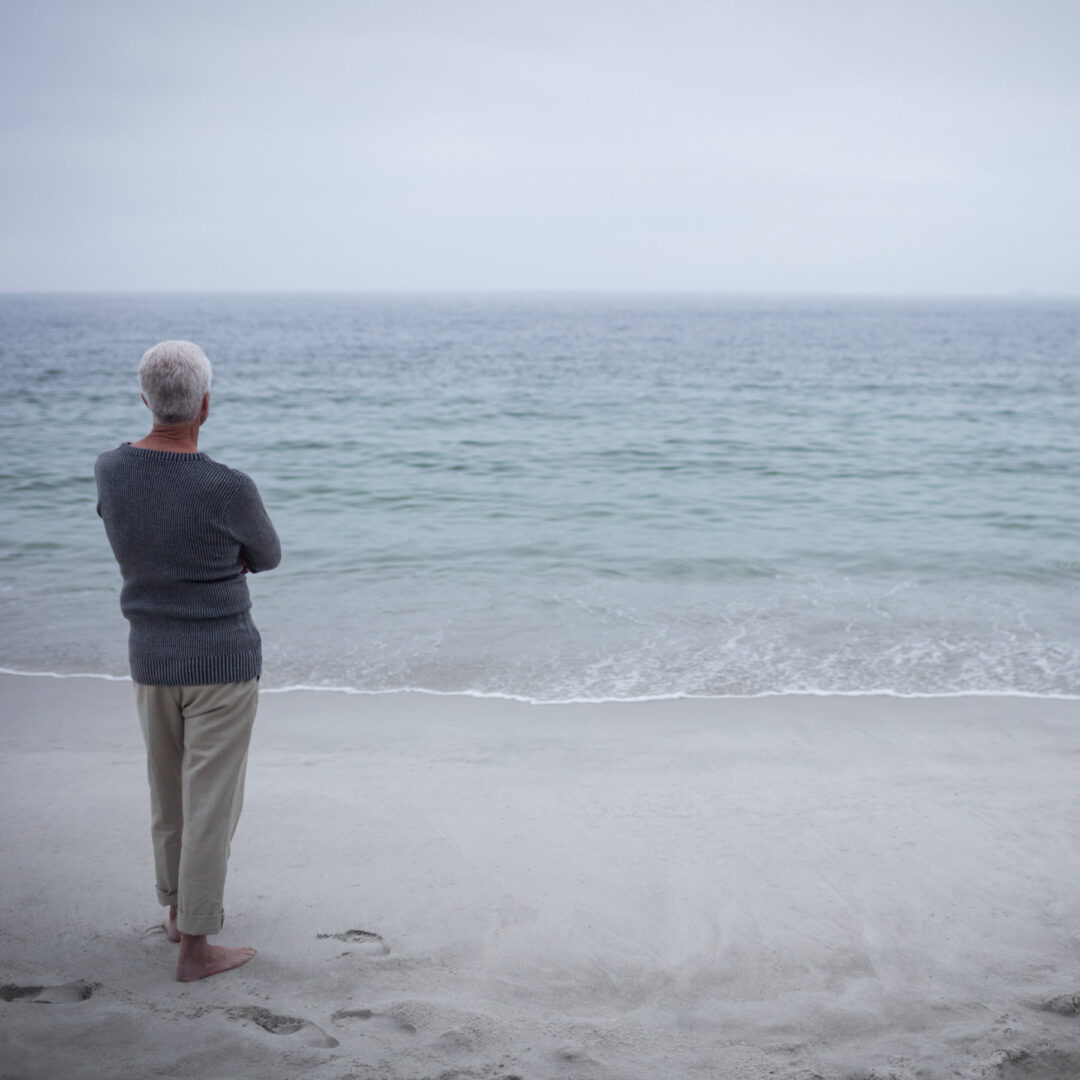
“Influence of color design on the functionality of healthcare buildings, in particular the well-being of patients, relatives and staff”
Around 99 percent of all color information is processed unconsciously. Colors therefore have an effect on our experience and behavior, even if we do not see the cause.
Working memory does not allow us to hold more than seven units of information at a time, the so-called “Miller number”, which fluctuates up and down by barely more than two units. Imagine a color fan that works like a deck of cards. You draw several color cards from it, memorize the shades and then put them back. Most people are not able to remember more than seven colors. This applies equally to the capacity of color coding systems, which provide excellent orientation if we use no more than seven colors.
To increase our ability to remember colors, we can create harmonic keyboards or think of combinations that tell little stories. We do this very often in everyday life without realizing it. That’s why we have no problem remembering the national colors of countries, the emblem colors of sports clubs or the corporate colors of companies.
There is broad agreement in brain research regarding the criteria by which the prefrontal cortex selects what we actually see at the end of the processing procedure. We perceive colors and the content associated with them primarily when they move us emotionally and interest us in terms of content. (Axel Buether “The mysterious power of colors. How they influence our behavior and feelings.”)
When: November 16, 2022 09:00 to 17:00
Where: Core Oldenburg Heiligengeiststraße 6-8 26121 Oldenburg
Further information and registration at: pflegedirektion@klinikum-oldenburg.de


